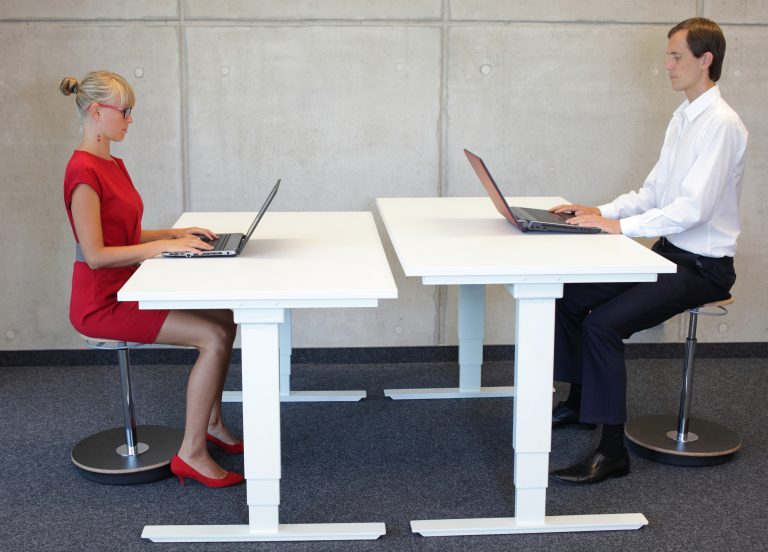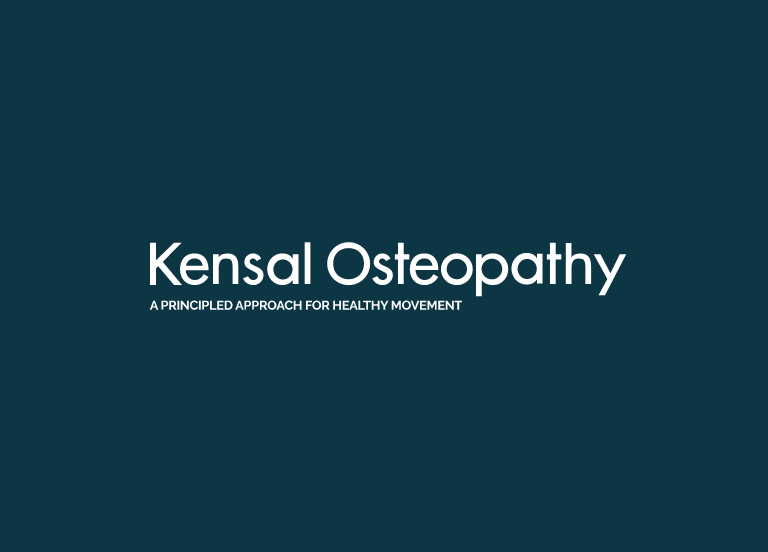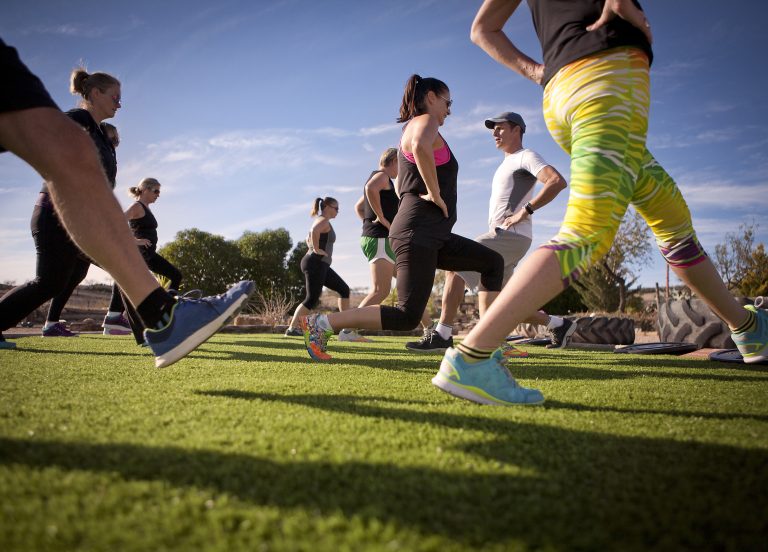Why do Muscles Feel Stiff – Part I
Muscle stiffness is a common complaint of patients presenting to my clinic. Common questions are “why do I feel so stiff?”; “why do my muscles feel so tight?”; “why do I have knots?”
In the most straightforward of cases, patients will report that their stiffness relates to a certain posture, position, or movement, and when I assess them I will find a palpable tightness and an associated limitation of movement in a related part that is suggestive of the muscles in question being overloaded.
It would be reasonable to assume that the brain registers threat in terms of a lack of blood flow to the overworked muscle, which in turn could cause metabolic stress and activate chemical sensors (nociceptors).
But sometimes the muscle stiffness complained of correlates neither with palpable stiffness, nor with a reduction in movement. So why then do we still feel stiff?
While there is only limited research on stiffness, a paper published by Moseley and Stanton in 2017, showed that in subjects with chronic low back pain, subjective stiffness correlates poorly with objective stiffness i.e., participants’ ratings of how stiff their back muscles felt related poorly to the objective stiffness measured by the researchers using a piece of kit called an indentor. The authors posit that the reason for this is a “perceptual error”:
“feelings of back stiffness are a protective perceptual construct, rather than reflecting biomechanical properties of the back”
Just as we can feel pain in the absence of damage – because pain results from a perception of threat – see blog about this here – so, it would seem, we can feel stiffness in the absence of any objective tightness. The reason for this, just as with pain, may be a perception (wrongly or rightly) of threat to the muscles and joints where stiffness is felt.
In this case, we might think of stiffness as we do chronic pain as having become a learned response; the nervous system is over-sensitive to information it receives (in this case oversensitive to the need for blood flow to the area). The brain in not registering stiffness just due to inputs from the muscle itself, but also due to associations with environments (computers), lack of sleep, stress, fear or avoidance of movement.
So what can we do to address muscle stiffness when we suspect that it is not just mechanical but due also to the area being sensitised? This will be the subject of Part II of this blog post.
Image: The indentor used to measure muscle stiffness in paper ” Feeling Stiffness in the Back: a protective perceptual inference in chronic back pain” by Stanton, Moseley, Wong and Kawchuk, in Scientific Reports, Aug 17.
With permission: http://creativecommons.org/licenses/by/4.0/.






